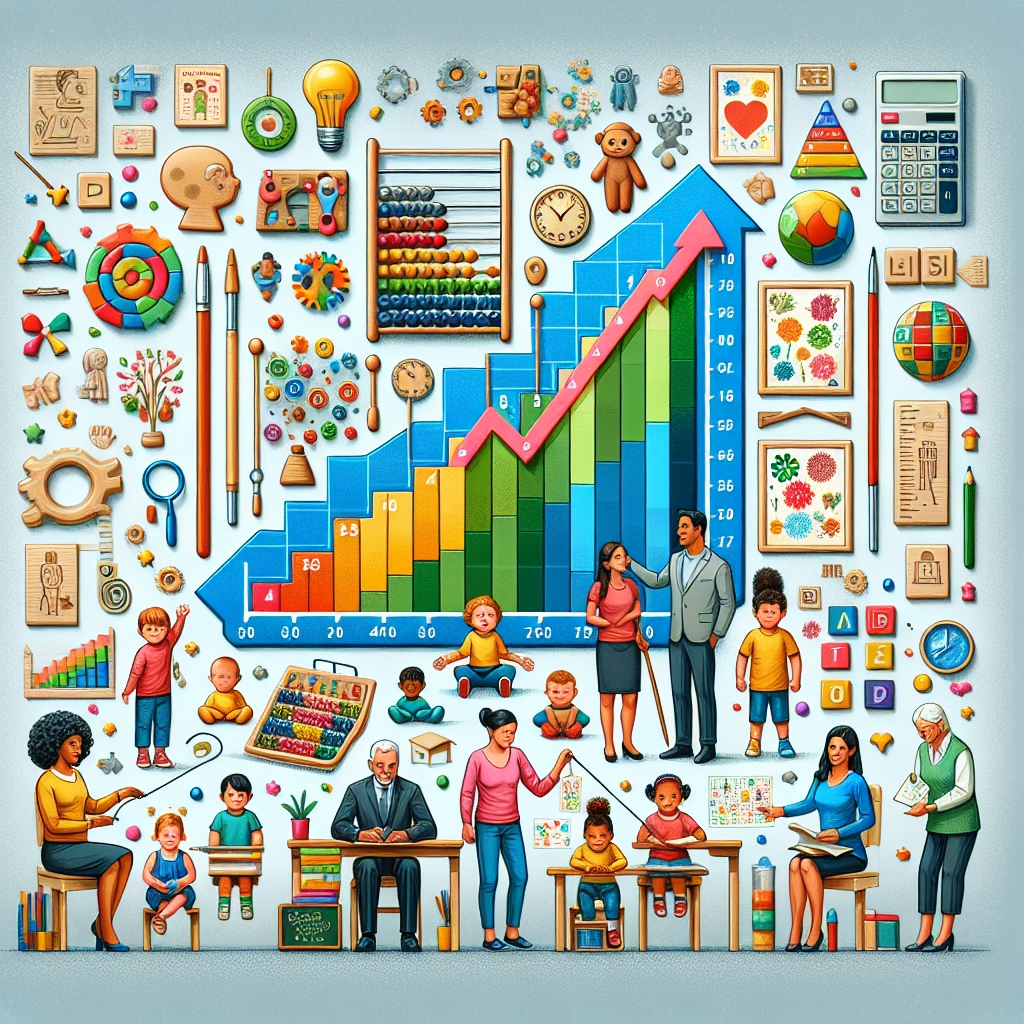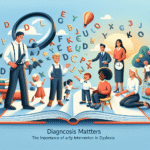
Introduction
In a world where the early years of a child’s life lay the foundation for their future, understanding and assessing child development has never been more critical. Parents, educators, and healthcare professionals often seek proven tools and techniques to evaluate growth effectively. The outcomes of these assessments can guide early interventions, tailor learning experiences, and ultimately support every child’s unique needs.
This comprehensive article will dive deep into assessing growth with a focus on the tools and techniques for effective child development evaluation. By uncovering some of the most effective strategies and sharing insightful case studies, we’ll equip you with the knowledge to make impactful decisions in child development.
Understanding Child Development
Child development encompasses a range of areas, including physical, cognitive, emotional, and social growth. Each domain plays a vital role in the overall well-being and future successes of a child.
Key Domains of Development:
- Physical Development: Involves changes in the child’s body size, proportions, and physical skills.
- Cognitive Development: Encompasses intellectual abilities such as problem-solving, memory, and language proficiency.
- Emotional Development: Relates to understanding and managing emotions, as well as developing empathy.
- Social Development: Focuses on interactions with others and the development of relationships.
Recognizing the interplay between these domains is crucial for effective child development evaluation.
Assessing Growth: Tools and Techniques
Evaluating a child’s growth involves a variety of tools and techniques. The effectiveness of these assessments greatly depends on their alignment with the child’s developmental stage and specific needs.
1. Standardized Assessments
Standardized assessments are structured tools designed to evaluate specific areas of growth. They offer a reliable metric that can be compared across populations.
- Examples:
- The Ages and Stages Questionnaires (ASQ)
- The Wechsler Preschool and Primary Scale of Intelligence (WPPSI)
Case Study: The Ages and Stages Questionnaires (ASQ)
Background: A healthcare provider in a pediatric clinic used ASQ to identify developmental delays in children aged 1-5.
Outcome: Over a 12-month period, the clinic identified several children at risk for developmental delays, allowing for timely interventions that included speech therapy and special education services.
2. Observational Assessments
Observational assessments involve monitoring a child’s behavior in natural settings, such as at home or in school. This method is particularly valuable for understanding social and emotional contexts.
- Tools:
- Running records
- Anecdotal records
- Checklists
Case Study: Observational Techniques in Kindergarten
Background: A kindergarten teacher implemented observational techniques to assess social interactions among her students.
Outcome: The teacher noticed specific patterns of interactions during playtime that led her to facilitate small group activities to foster peer relationships, thus enhancing social skills.
3. Developmental Checklists
Developmental checklists provide a straightforward way to monitor progress over time. These concise tools help track milestones and can be adapted for different age groups.
Example Tools:
- Denver Developmental Screening Test
- Child Development Inventory
4. Parent and Caregiver Reports
Gathering insights from parents and caregivers can reveal valuable information about a child’s development. Tools like surveys and questionnaires can be instrumental.
- Technique: The completion of a caregiver questionnaire, which covers daily routines, social interactions, and emotional responses.
Case Study: Parental Insights in Early Intervention
Background: An early intervention program focused on gathering caregiver reports before conducting assessments.
Outcome: The program noted a significant increase in successful referrals to services such as occupational therapy, largely due to insights shared by parents.
5. Digital Tools and Apps
With advancements in technology, digital assessments and mobile applications have emerged. These tools offer an engaging way to monitor child development.
- Examples:
- Baby Connect
- Ages & Stages
Integrating Findings for Holistic Evaluation
Assessing growth goes beyond using individual tools; it’s about synthesizing all collected data to create a holistic view of a child’s development. This integration allows for targeted interventions that cater to specific needs.
Tips for Effective Integration:
- Combine both qualitative and quantitative data.
- Engage in collaborative discussions with interdisciplinary teams.
- Regularly update assessments to reflect the child’s progress.
Signs of Developmental Concerns
It’s essential to recognize potential red flags in child development. Common signs may include:
- Limited verbal communication by age 2
- Difficulty with motor skills (e.g., running, jumping)
- Lack of interest in social interactions
By being proactive, caregivers and educators can implement interventions that can change a child’s trajectory.
Evaluating the Effectiveness of Tools
When using assessing growth tools, evaluating their effectiveness is vital. Factors to consider include:
- Validity: Does the tool measure what it claims to measure?
- Reliability: Is the tool consistent over time?
- Cultural Sensitivity: Does the tool respect and adapt to diverse backgrounds?
Metrics for Evaluation
- Feedback from Users: Administer surveys to parents and educators about their experiences with the tool.
- Longitudinal Studies: Observe outcomes over time to assess improvements pre and post-intervention.
Conclusion
Assessing growth: tools and techniques for effective child development evaluation is essential for ensuring that each child reaches their full potential. By adopting a multifaceted approach that includes standardized tests, observational assessments, and parental reports, stakeholders can foster an environment that supports healthy development.
As we conclude, consider this: every assessment, every intervention, and every observation is a stepping stone to shaping a brighter future for our children. The more equipped we are, the better we can nurture their growth.
FAQs
1. What are the most common tools for assessing child development?
Common tools include standardized assessments like the ASQ, observational assessments, and developmental checklists.
2. How often should child development evaluations occur?
Regular evaluations should occur every 6 to 12 months, especially for children at risk for delays.
3. What should I do if my child shows signs of developmental delays?
Consult with a pediatrician or child development specialist. Early intervention can significantly improve outcomes.
4. Can technology aid in assessing child development?
Yes, digital tools and apps can provide engaging ways to track development and support data collection.
5. How can I involve parents in the assessment process?
Utilize caregiver surveys and reports, and communicate regularly about children’s progress and concerns during meetings.
By implementing these insights, you can foster a richer understanding of children’s developmental needs and deliver targeted support that makes a genuine difference. Your involvement plays a crucial role in assessing growth and ensuring effective child development evaluation strategies are in place.

















